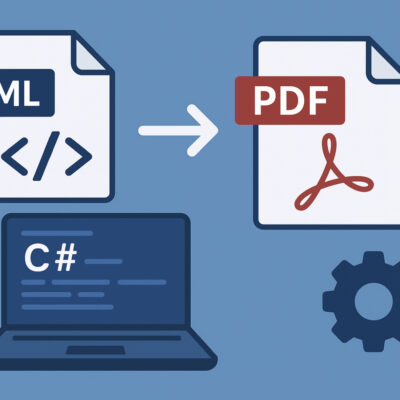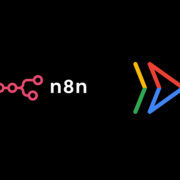When choosing a projector or display, have you ever felt overwhelmed by terms like “UHD,” “FHD,” and “HD”? Even in 2025, many people still struggle with this decision. As device prices continue to drop and content becomes more widely available, UHD (Ultra HD) seems to have become the mainstream choice. But here’s the real question—do you need UHD, or is HD good enough?
This guide breaks it down step by step, from real-world usage scenarios and technology trends to price considerations, helping you make an informed decision.
HD vs UHD: What is the Difference?
To decide whether UHD is worth buying, you first need to understand how it differs from HD.
HD typically refers to 720p or 1080p (also known as Full HD), while UHD refers to a resolution of 3840×2160—what we commonly call “4K.” In terms of pixel count, UHD offers four times as many pixels as FHD, which theoretically means clearer images, richer detail, and better color performance.
But can everyone see the difference? That depends on factors like viewing distance, screen size, and the quality of the content source.
If you’re still unsure, you can check out this more detailed FHD vs. QHD vs. UHD comparison to quickly grasp the key differences in visual experience.
Home Entertainment Users: UHD Truly Shines on Large Screens
When it comes to living room TVs or bedroom projectors, UHD’s advantages become much more noticeable on larger displays. For example, with a TV over 55 inches or a projected image around 100 inches, and a viewing distance of 2–3 meters, the added detail and clarity of UHD can be easily seen with the naked eye.
On the other hand, if you’re just casually watching variety shows or streaming dramas on a smaller screen, HD or even FHD may be more than enough for your needs—upgrading to UHD might not offer enough value for the extra cost.

Does UHD Bring Higher Efficiency in Office & Study Use?
When it comes to productivity-focused devices, the value of UHD isn’t just about “seeing more clearly”—it’s about “seeing more at once.” A higher resolution allows you to open multiple windows side by side on a single screen, reducing the need to constantly switch between applications. For users who work remotely, manage spreadsheets, or view detailed drawings, a UHD monitor can improve efficiency and reduce eye strain.
Of course, this only works if your computer or workstation has a graphics card that can support UHD output, and if you need that level of detail.
That said, it doesn’t mean FHD is outdated. For many remote workers or hybrid meeting environments, what matters more is stability, clarity, and integrated functionality. Take CZUR StarryHub as an example—while it features FHD resolution, it comes with built-in AI collaboration tools, making it a practical choice for small businesses or educational settings. With StarryHub, there’s no need to purchase separate cameras or microphones—it’s ready to go right out of the box.
UHD Is Almost Essential for Gamers & Creators
If you’re a gamer or content creator—especially if your work involves video editing, photo retouching, or color grading—UHD is practically a must-have. Whether it’s the immersive experience of 4K gaming or the fine color details needed for accurate editing, UHD far surpasses what HD can deliver in terms of visual quality.
Of course, your GPU needs to be powerful enough to keep up—otherwise, higher resolution could end up dragging down your frame rate.

Market Trends in 2025: UHD Becomes More Common, but HD Still Holds Its Ground
Across the consumer electronics market, UHD has shifted from being a “premium feature” to a standard configuration—especially in the realm of monitors and home projectors. For example, by 2025, most newly released mid- to high-end displays will come with UHD resolution as a baseline.
At the same time, many lightweight, entry-level projectors or compact office displays still stick with FHD or even HD resolutions.
In short, UHD is becoming the new norm, but HD still has its place, particularly for users on a budget or those with lighter usage needs.
Is it Worth Choosing UHD?
UHD certainly offers a more stunning and detailed visual experience, but it’s not necessarily the right fit for everyone or every scenario. Returning to the original question—is it still necessary to choose UHD in 2025?
- If you prioritize image quality, work efficiency, or content creation, it’s recommended to go for UHD.
- If your use is mostly casual entertainment and your budget is limited, HD or FHD is still sufficient.
Most importantly, make sure you fully understand the key differences between HD vs UHD before making a decision, so you won’t regret it later.









